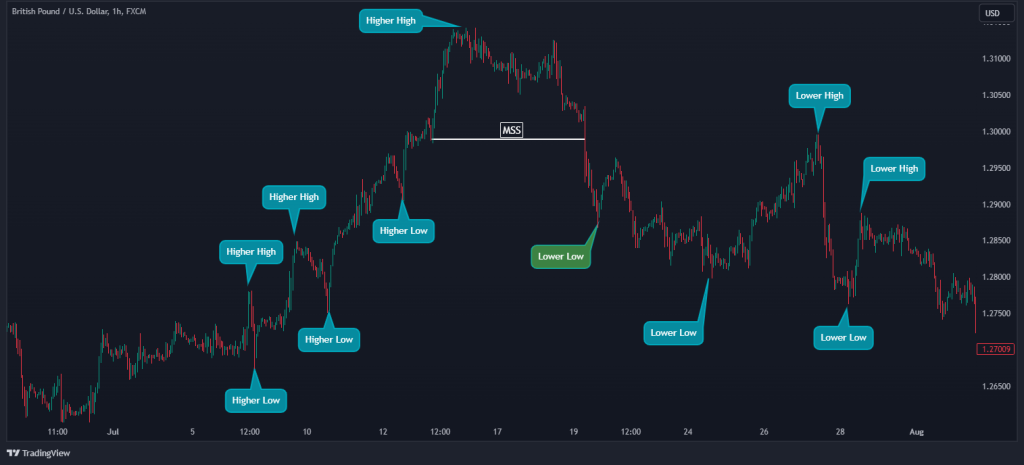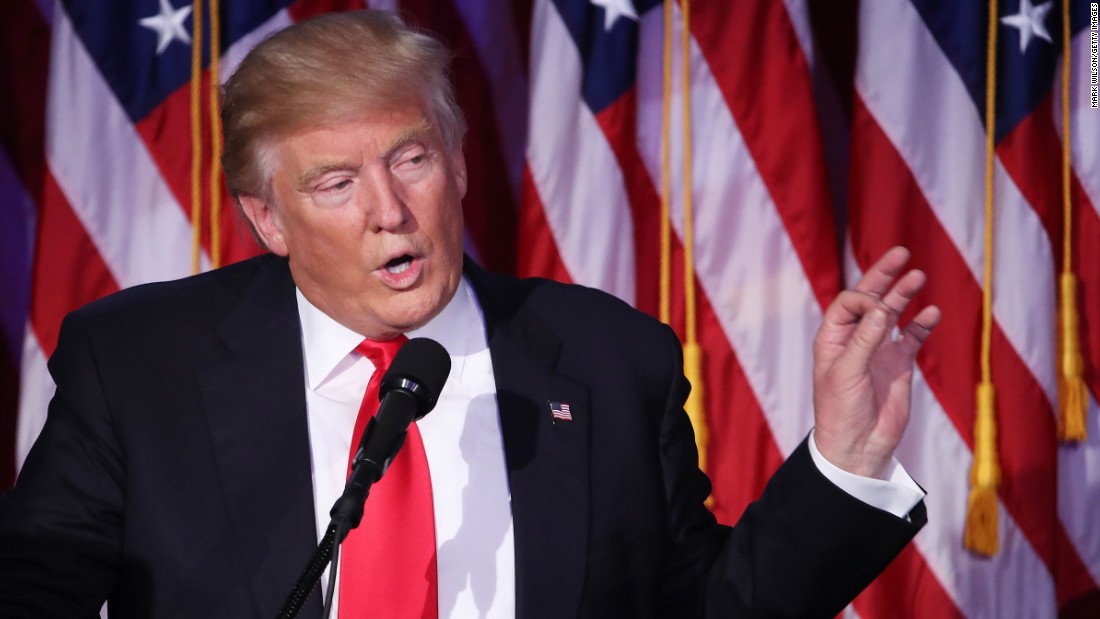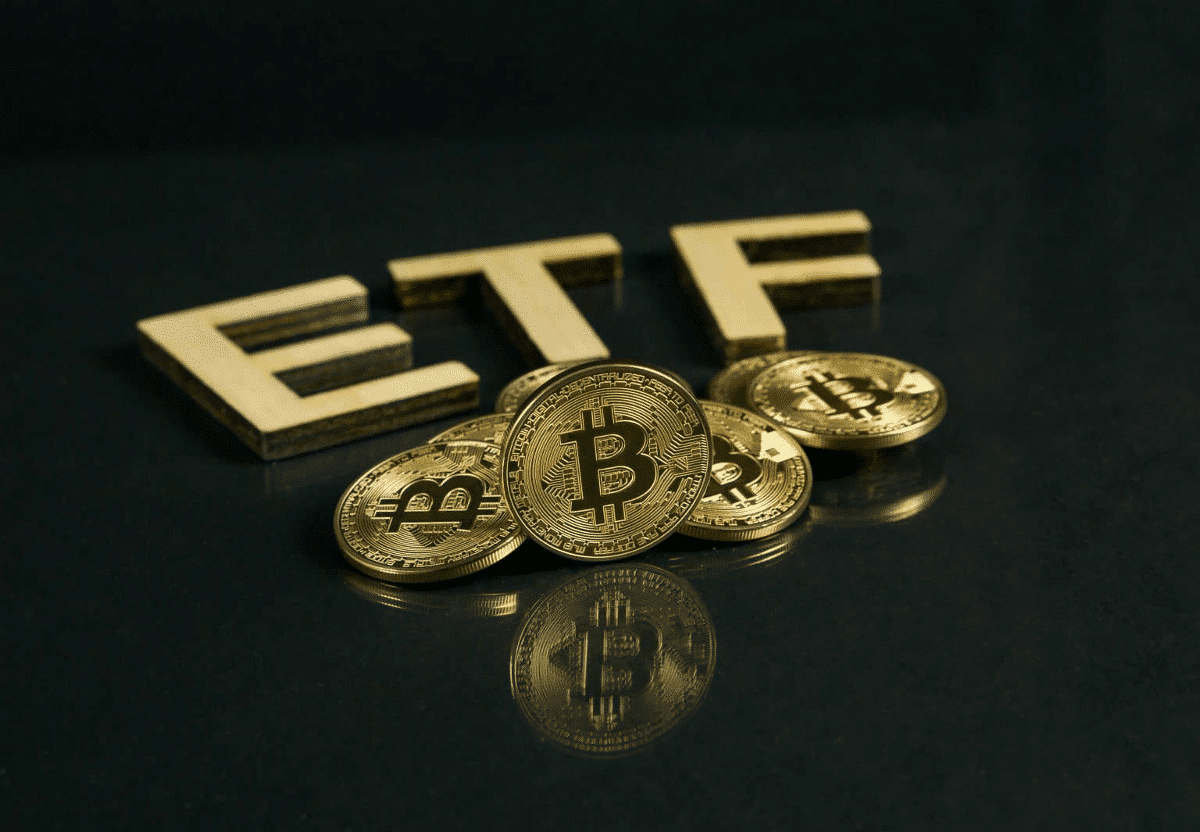Friends, let’s talk gold. The world’s largest gold ETF, the SPDR Gold Trust, just shed another 1.43 tonnes yesterday, bringing its total holdings down to 922.46 tonnes. This isn’t a dramatic cliff dive, but it’s a consistent bleed, and that should be raising eyebrows.
This outflow signals a distinct shift in sentiment, and I’m here to tell you why it matters. It suggests that institutional investors, the big players, are reducing their exposure to gold. Now, why would they do that?
Let’s break down the key knowledge points here:
Gold ETFs, like SPDR, hold physical gold bullion. Their movements directly reflect investor appetite for the precious metal. Decreasing holdings indicate selling pressure.
Often, gold is considered a ‘safe haven’ asset – a go-to during economic uncertainty. However, recent data, like stronger-than-expected economic indicators from the US, are eroding this narrative.
Rising interest rates are a major headwind for gold. Gold doesn’t yield returns like bonds or stocks; higher rates make those other assets comparatively more attractive.
We’ve seen a strengthening dollar recently, which also weighs on gold prices. Gold is typically priced in US dollars, so a stronger dollar makes it expensive for holders of other currencies.
This isn’t necessarily a death knell for gold. It’s a recalibration. But it is a clear message: the ‘safe haven’ trade is cooling off, and the market is flexing its risk-on muscles. Pay attention – this could be the start of a bigger trend. Don’t get caught flat-footed.







